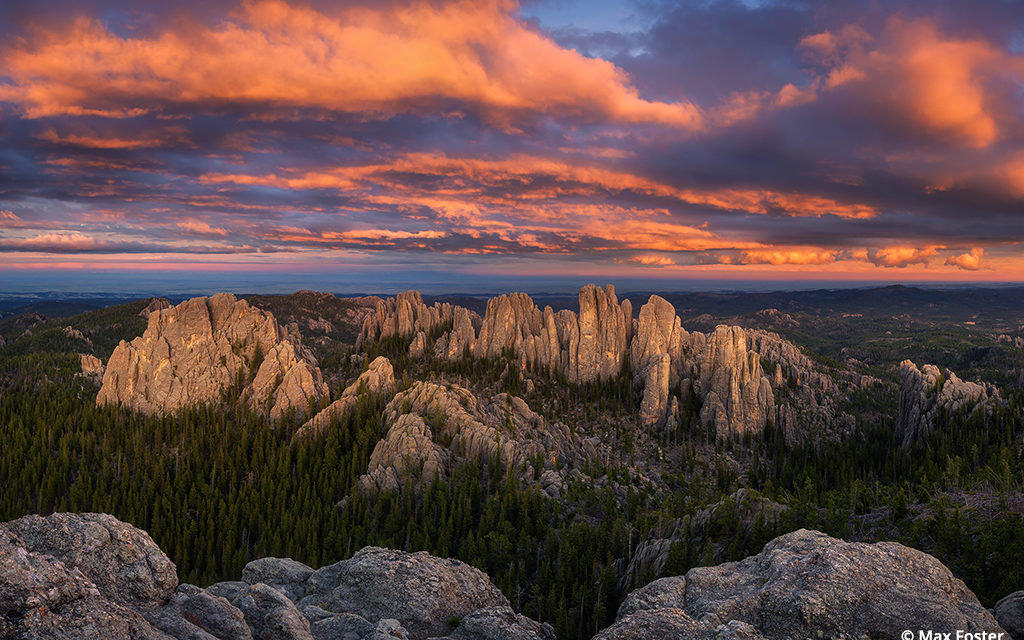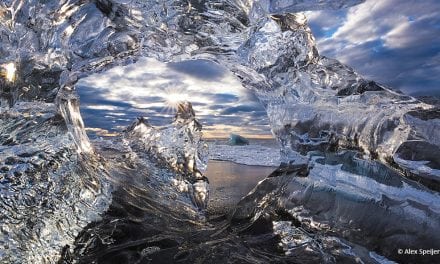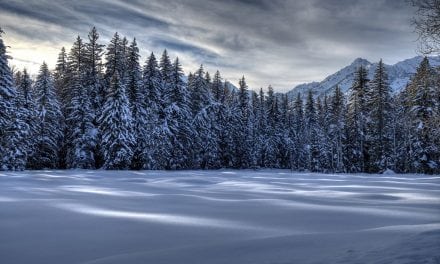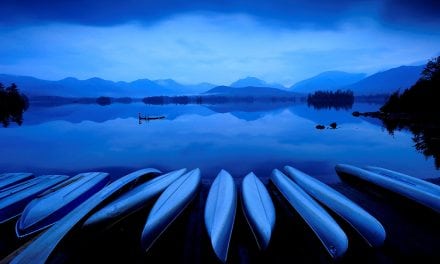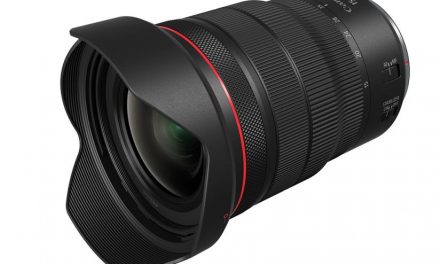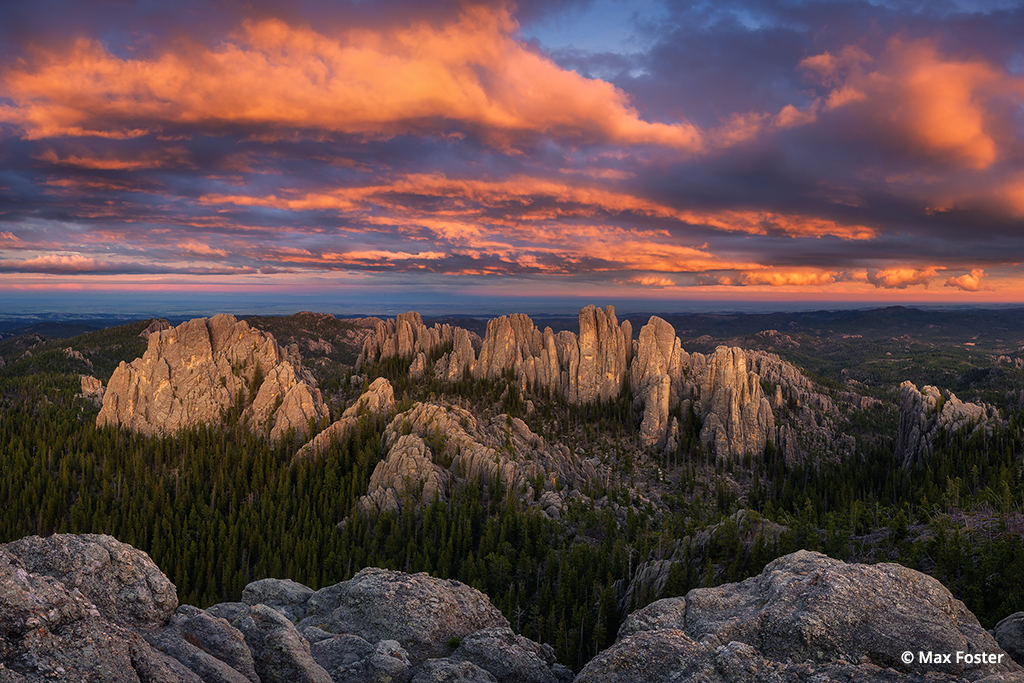
Photo By Max Foster
The Black Hills of South Dakota cover 1.2 million acres of forested hills and mountainous landscapes. With expansive pine forests, rugged rock formations, streams, lakes and more, the Black Hills offer a variety of recreation opportunities for outdoor enthusiasts.
One of the most visually striking areas lies within Custer State Park and is known as the Needles. With soaring granite spires, pinnacles and towers, the Needles are a stark contrast to the forest below. There are several hiking trails in the area, but the Cathedral Spires trail is a moderate hike with breathtaking views. Leading to a small flat forested area with pinnacles on all sides, this trail is a must-hike.
Weather At The Needles
The weather in the Needles area is cooler than many areas in the Black Hills due to its elevation. With some trails topping out at 7,000 feet, it can be cold any time of the year. January and February are the coldest months, with highs in the 30s and lows in the 10- to 20-degree range (sub-zero temperatures are also very possible). March is usually the snowiest month, with up to 25 inches of snow. May and June are typically rainy, with thunderstorms developing in the afternoons and clearing in the evenings. Summer is dry and warm, with temperatures reaching the 80s. As with any mountainous area, a warm insulated jacket is a good idea throughout the year, and rain protection is a must in spring and summer. Since the forest surrounding the Needles is coniferous, the most significant photographic change happens when snow blankets the landscape.
Photo Experience
The Needles have endless nooks and crannies offering an infinite number of compositional opportunities. Whether you’re shooting from below the spires or high above, this relatively small area is packed with incredible views. The spires look best with soft front or side light to accentuate their angled and jagged features. Numerous rocky outcroppings surround the spires, so it’s possible to hike or scramble up to gain a bird’s eye view. A wide-angle lens can be used to showcase the spires while also including a foreground, but don’t neglect your telephoto lens. Zooming in on the individual spires with trees below can give the viewer a sense of scale and a glimpse of the rugged nature of the granite. Bring a sturdy tripod, and if the wind picks up, be prepared to hold it steady to ensure sharp images. A circular polarizer is recommended to enhance contrast and eliminate glare, especially after rainfall.
Best Times To Visit The Needles
Depending on the weather, it’s possible to shoot at any time of day. However, the spires tend to look best with soft light near sunrise and sunset or during twilight. Stormy days can also offer dramatic clouds and spotlighting on the landscape. Make sure to account for hiking time as most trails are over a mile long and include elevation gain. Bring a headlamp for safety, especially near the edges of any steep drop-offs.
Contact: South Dakota Game, Fish & Parks, gfp.sd.gov/csp-scenic-drives.
See more of Max Foster’s work at maxfosterphotography.com.
The post The Needles appeared first on Outdoor Photographer.

